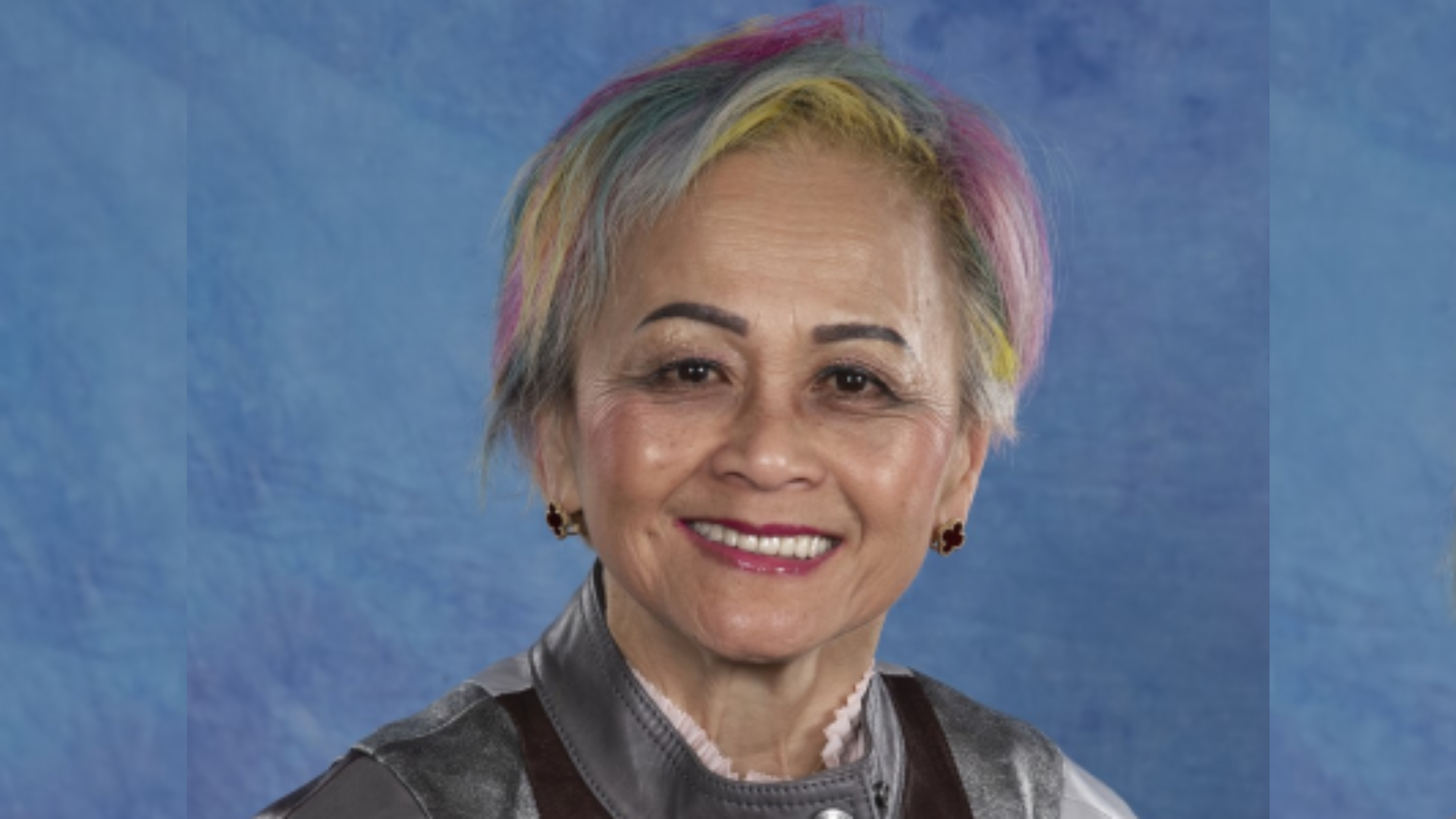fabry disease in canada: an overview of stats, symptoms and treatments
fabry disease is a rare inherited condition that affects roughly 500 canadians. limited research continues to hinder the improvement of fabry’s disease for those living with the disease.
rare disease day 2024: 'my lifelong dream of becoming a mother finally came true'
people with pulmonary arterial hypertension (pah) are advised against giving birth due to the inherent risks for both mother and baby.
rare disease day 2024: cord announces launch of canadian rare disease network
this network will bring together patient groups, healthcare professionals, and researchers with a goal to advance care and support for the one in 12 canadians and their families affected by rare disorders.
 9 minute read
9 minute read









